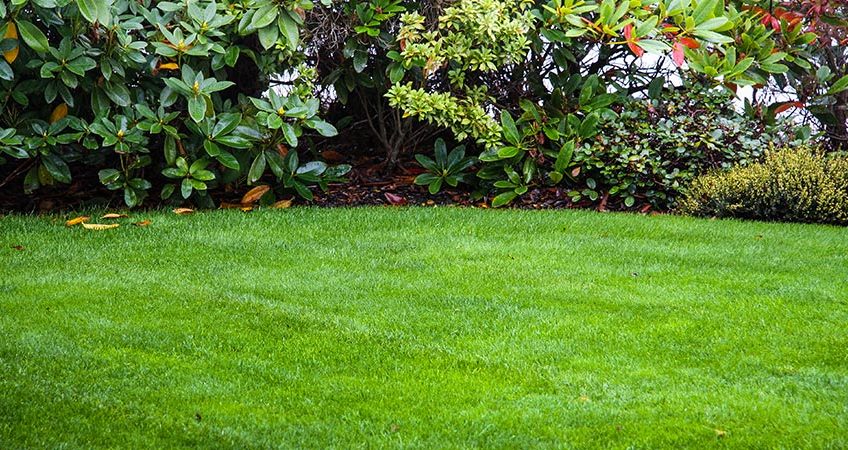A healthy lawn requires about one inch of water per week. As a general rule, apply the water all at once rather than in several light waterings. Before you water, do some arithmetic.
A healthy lawn requires about one inch of water per week. As a general rule, apply the water all at once rather than in several light waterings. Before you water, do some arithmetic. If it just rained 1 ⁄4 inch, you probably only need to apply 3 ⁄4 inch with the sprinkler. Use common sense, however, and consider the weather forecast. If there is a good chance of rain soon after that 1 ⁄4-inch rainfall, don’t water at all. If the rain doesn’t come, you can make up the difference.
You also need to know your lawn. For example, sandy soils with little organic matter will require more water, heavy clay soils less. Sloping lawns are normally drier than level, low-lying ones. Lawns under large trees, especially during cool weather, may need little or no watering. Avoid watering during the middle of the day when evaporation rates are highest and the water you use will do the least good. Early morning watering will minimize evaporation and help newly seeded areas through the day’s heat.
How to water
• It’s best to water established lawns at the rate of one inch per week, applied all at one time to promote deep rooting. Frequent, light waterings favor shallow roots and plants unable to tolerate dry periods.
• Water early in the morning. If watering is done in the evening, grass stays wet all night, thus increasing risk of disease.
Keep in mind
• Established, healthy lawns can survive several weeks of dormancy during summer with little or no water.
• Watering early in the morning puts less strain on public water supplies because the peak load is during evening.
• Excess water can keep the soil too moist, which damages roots.
If You need help, Call Us or send a message.

